The 2018 Toyota C-HR isn’t for everyone — and Toyota knows that. Since its early planning stages, the goal was to introduce a crossover to serve as the perfect urban lifestyle vehicle, the sort of thing to get you around the city in style while offering decent performance and not break your wallet.
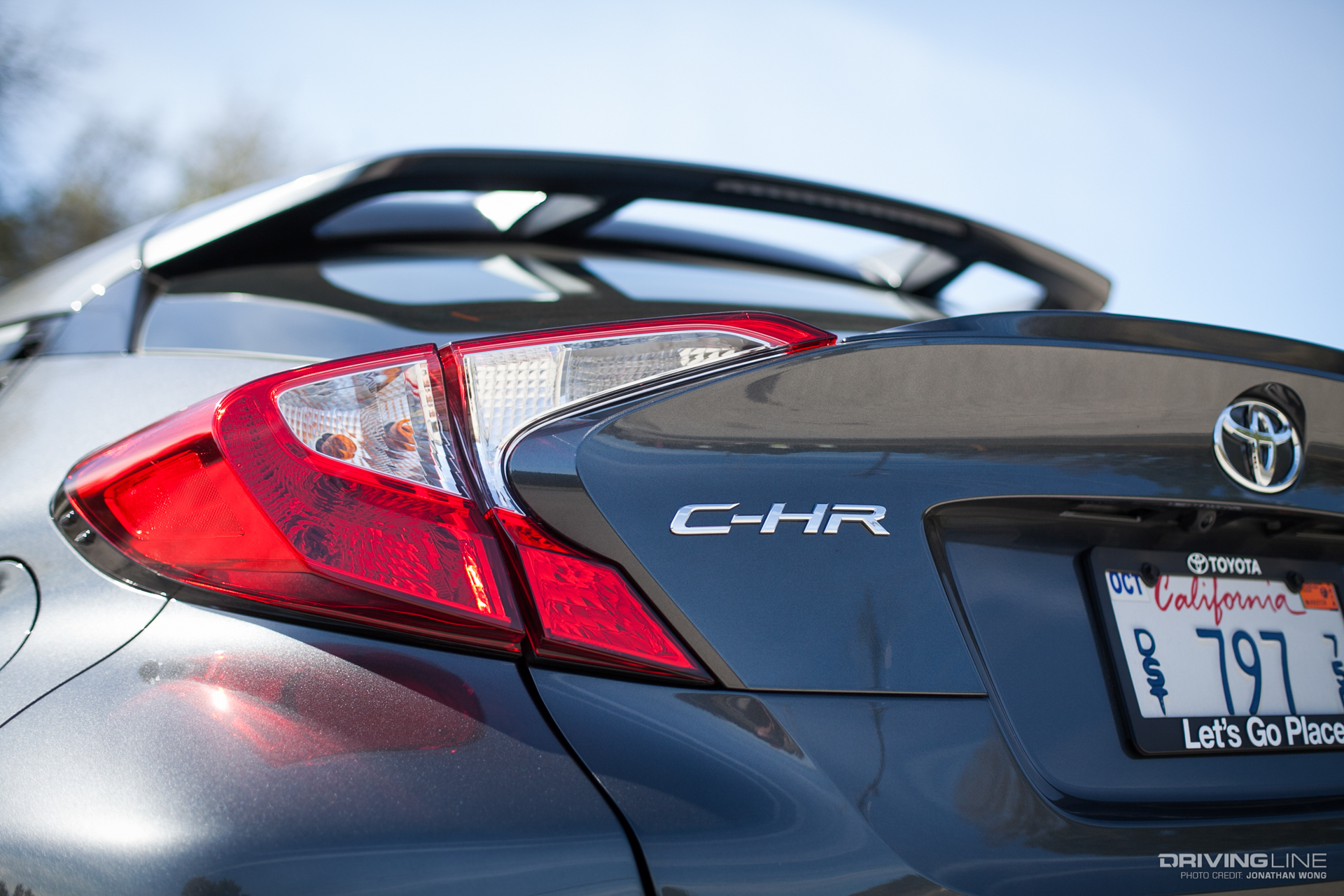
So far, it’s set to do that job just fine, but as evidence from this year’s Tokyo Auto Salon shows, enthusiasts are ready for more, and modifications are fast on the horizon. But the C-HR is far from being solely practical and rich on styling; in fact, chief engineer Hiroyuki Koba (a motorsports fiend who spends all of his free time racing weekends at Tsukuba Circuit) made sure to give it some punch where you’d least expect it (we’ll get to that shortly).
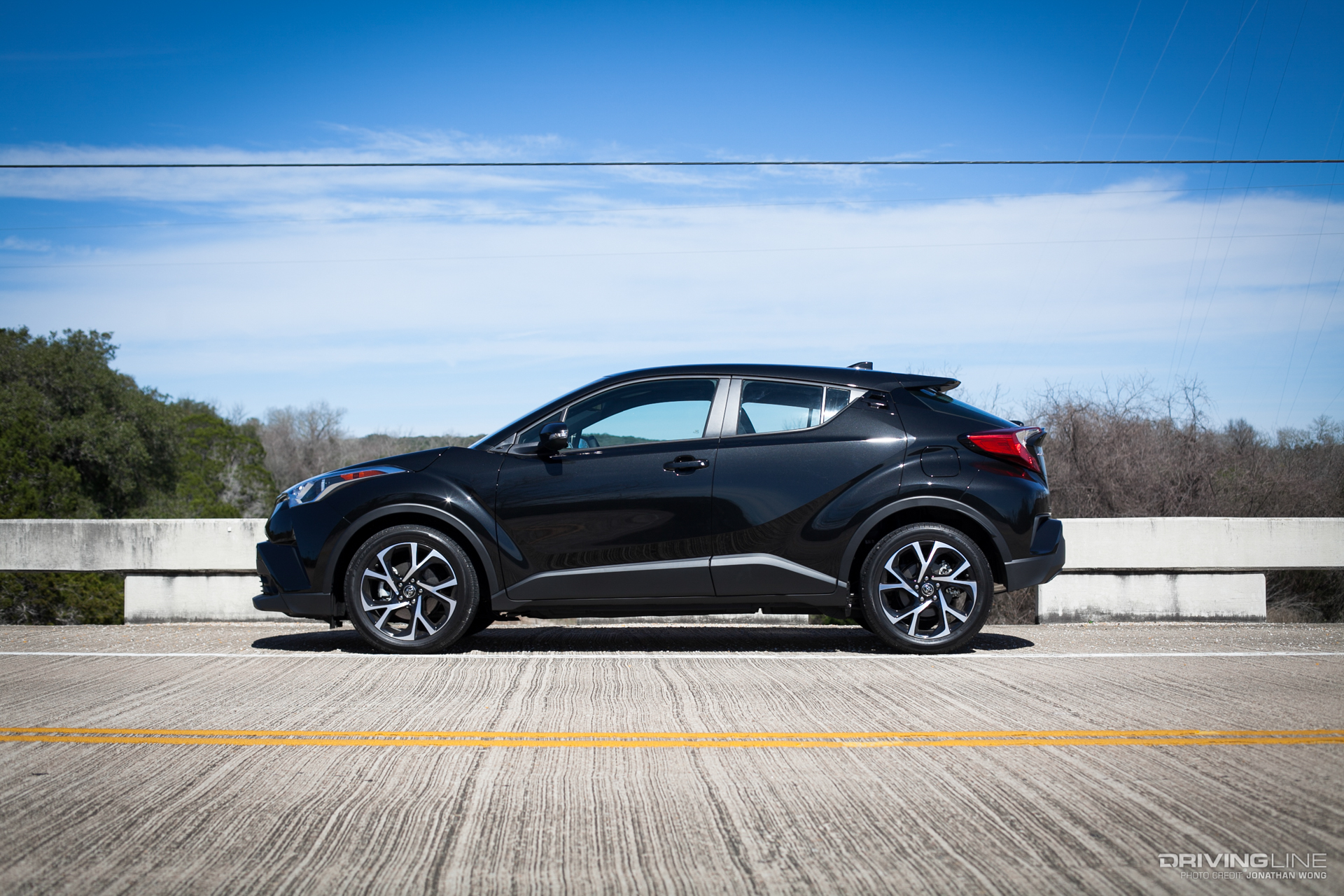
Originally destined to join Scion’s family of unique vehicles, the early prototype debuted at the 2015 LA Auto Show as the C-HR Concept, a four-door that promised functionality and sporty performance to its “yuccie”-intended consumer, aka the “young urban creatives” who helped inspired its design. Fast-forward two years later, and the production model not only comes as part of the Toyota lineup (in case you’ve been living under a rock, Scion is no longer) and clearly demonstrate those attributes with hopes to appeal to the same consumer, but also with far more current (and relevant) terminology: the millennial. But as we mentioned before, the C-HR is capable of providing more than millennial whip appeal.
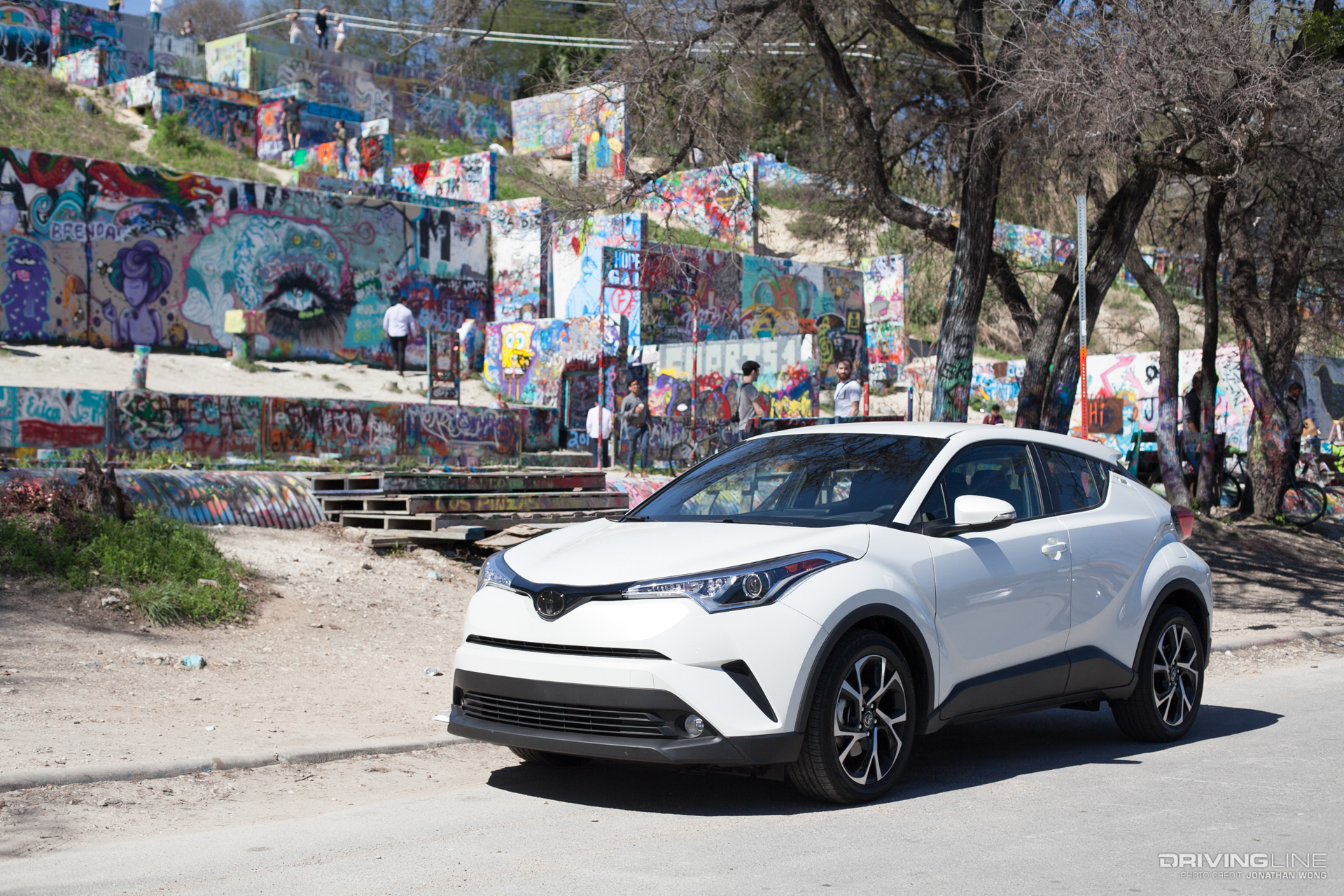
So, what’s in a name? While Scion defined C-HR as "Compact size and High Ride height," Toyota’s is slightly different with "Coupe High Rider" — a little weird considering there are actually four doors. However, Koba-san purposely called for the rear door handles to be positioned high and integrated into the upper rear door/window area to help give it a coupe “look”; if the handles were placed anywhere else, the aesthetics would be completely thrown off. Take another look; you’ll see what we mean.
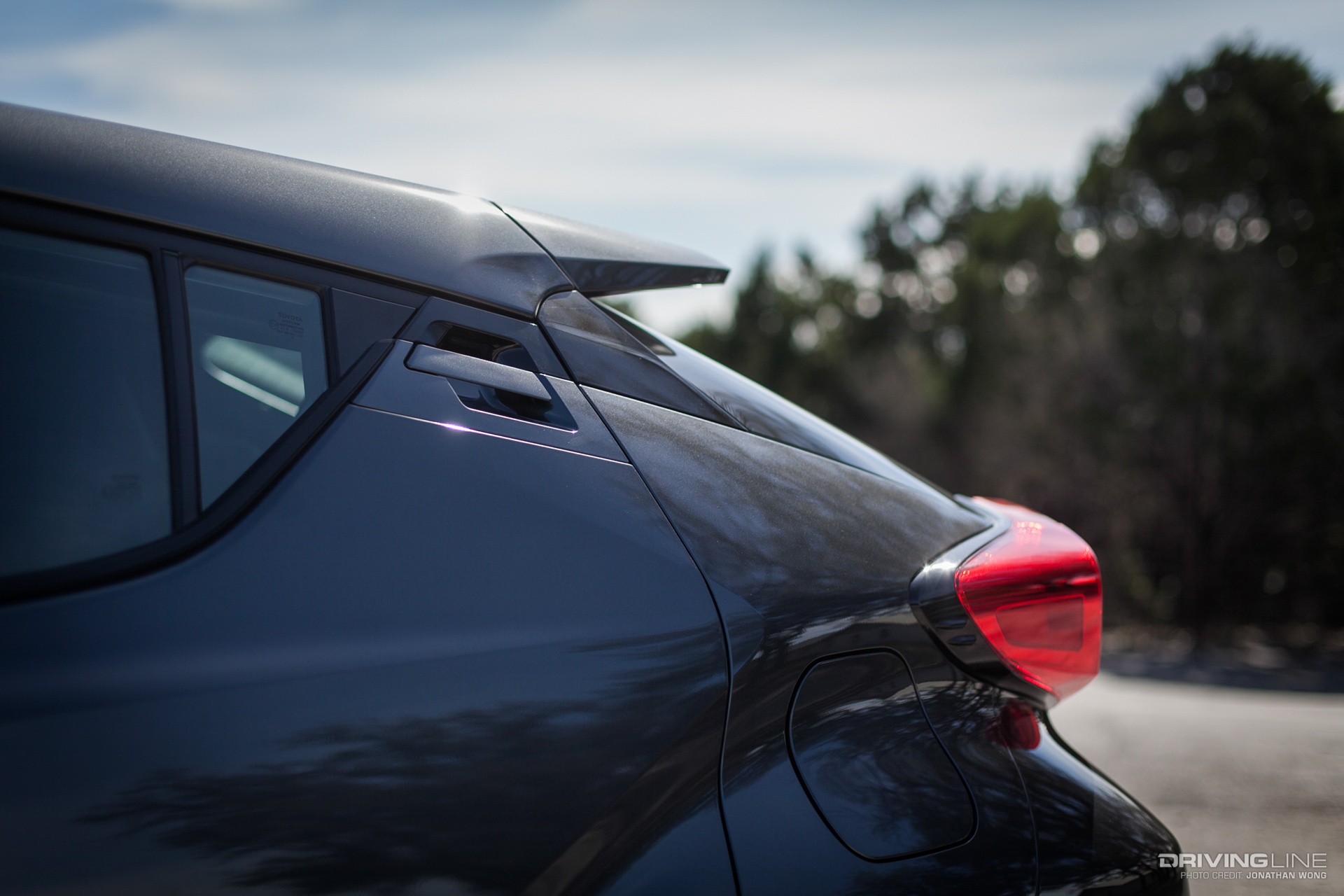
Let’s dig into some performance. At the C-HR’s heart is a 2.0-liter 4-cylinder 3ZR-FAE engine that dishes out 144 hp and 139 lb-ft of torque, so it’s not extremely powerful but not totally gutless either. Sadly, there won’t be an optional turbocharged engine or manual transmission (CVTi-S only, since the demand for manual is too low here in the U.S.) that other parts of the world will see, nor will it be anything but FWD because of Scion’s original mono-spec (meaning one trim level) classification. But everyone’s going to reap the benefits of the C-HR’s sporty handling.

(Photo Courtesy of Toyota)
Developed and tested on the Nürburgring, Koba-san took the low COG (center of gravity) TNGA (Toyota New Global Architecture) C-platform and outfitted it with MacPherson front struts and rear double-wishbone suspension, all with SACHS dampers, which make the car stick and maneuver on roads much more pleasantly than expected. The C-HR is a lot more fun to drive in Sport mode (though tricky to engage through the steering controls; a button located down on the shifter would’ve been optimal), which not only increases throttle response but also activates the 7-speed Sequential Shiftmatic, where you can shift through simulated gears for a more spirited experience and is precisely where we left it in throughout most of our test drive.
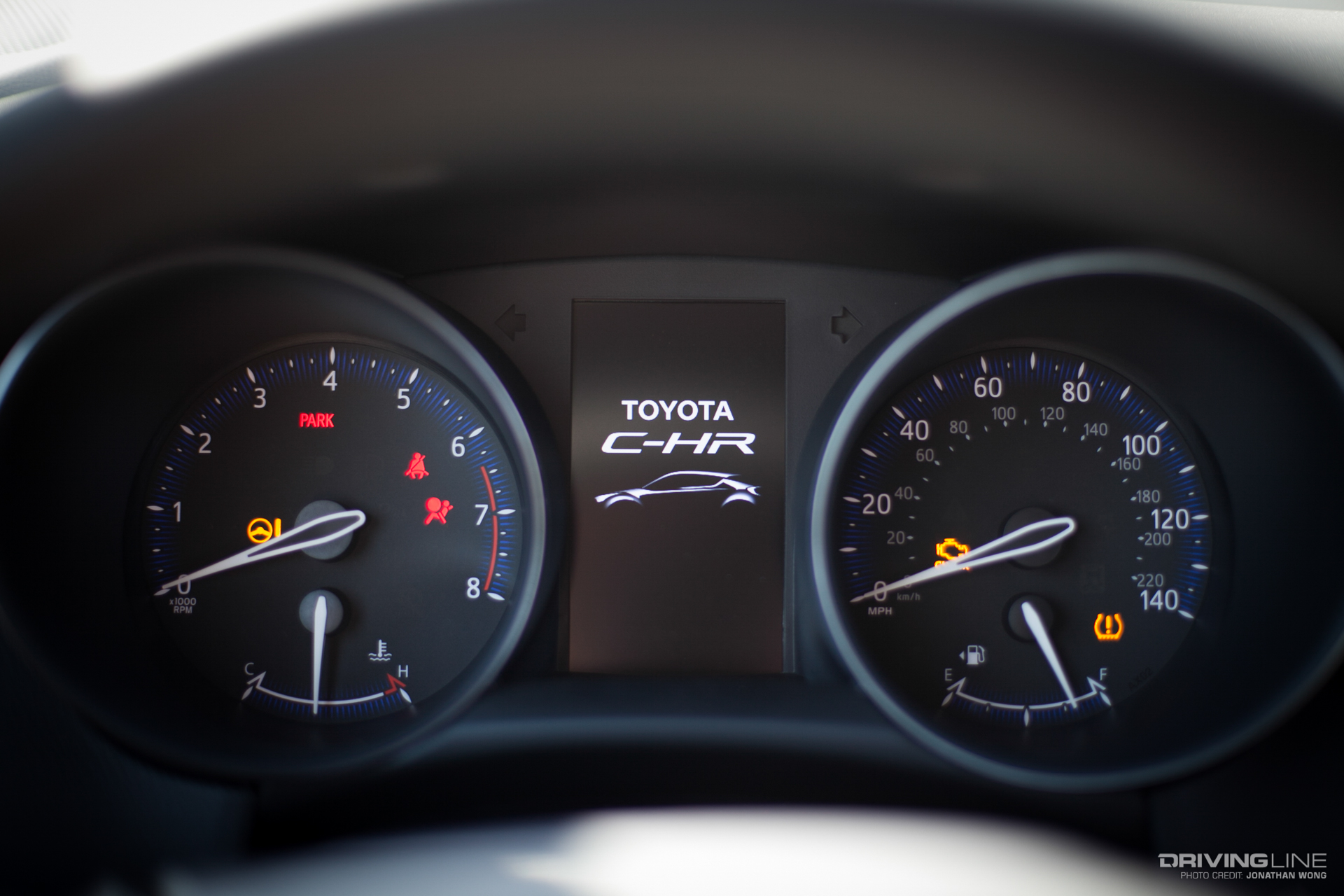
The C-HR’s interior is simple, much like it was probably intended for the Scion release, but we prefer it that way. It won’t come in any other color than black, and the front seats are perfect for taller people since it was designed by someone who’s tall (Koba-san is a hair taller than my 5’11”), so the low positioning fits in line with the sporty theme. The center console is clean with a large 7-inch touchscreen head unit on top of the dashboard, but oddly confusing is the absence of a navigation system being a standard feature of such a great looking display. One can only hope that future generations of the C-HR will come with proper nav.
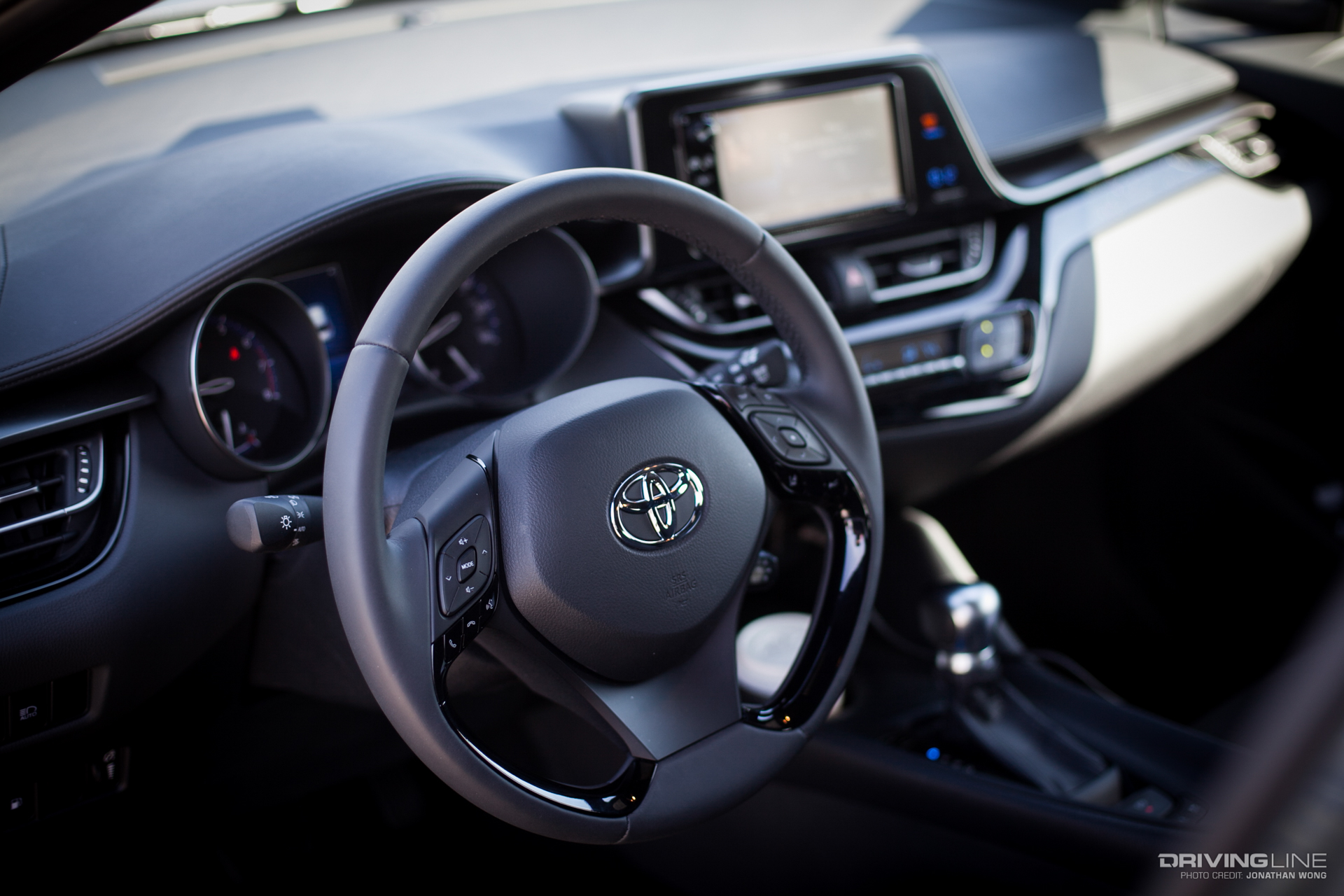
You’ll be able to select one of two C-HR models: the XLE or XLE Premium. The XLE comes with plenty of great standard features, such as leather-wrapped steering wheel, rearview mirror with auto-dimming and built-in backup camera (also oddly positioned) and dual-zone climate control to name a few. The XLE Premium adds on top of that with heated front seats, blind spot monitoring, rear cross traffic alert, keyless entry and a push-start button. Thankfully, both come equipped with a USB 2.0 port with iPod connectivity, AUX input and wireless Bluetooth® connectivity. Forget dreams of a sunroof, though an optional R-Code package will allow you to personalize your C-HR (to three specific colors only) with touches of white, namely your roof, side mirrors and A-pillars.
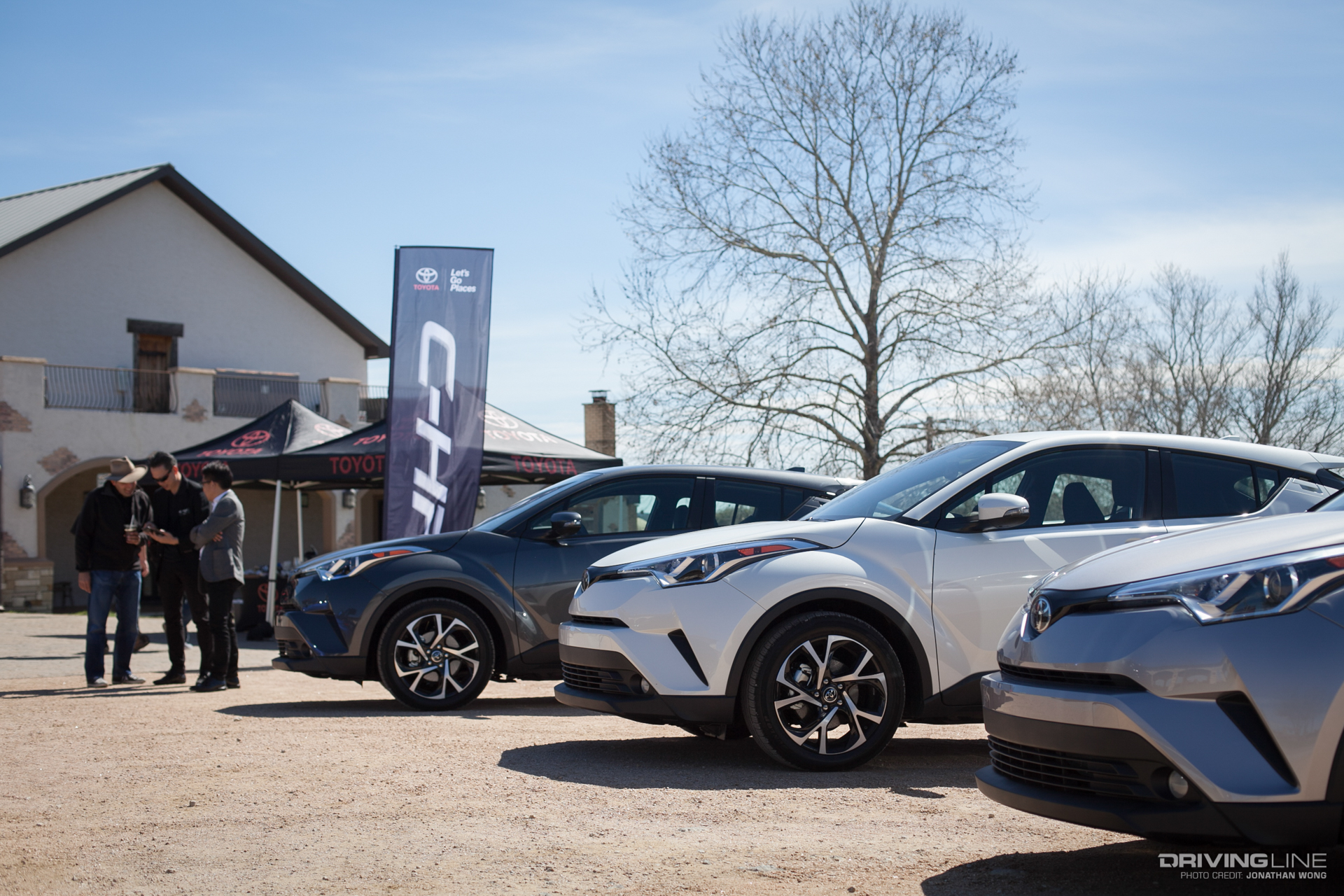
The 2018 Toyota C-HR goes on-sale this April starting at $22,500 for a XLE or $24,350 for a XLE Premium (plus $960 for destination, processing and handling), and should one opt for the R-Code, add $500 to either one. Millennial enthusiasts, mount up.